Zooming in on the Bigger Picture: What Do Stars Look Like up Close?
Published Oct. 3 2023, 2:37 p.m. ET
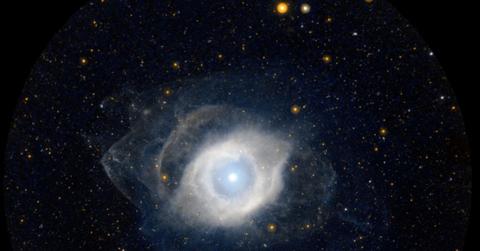
This eye-like image is a Helix Nebula, what all stars eventually do as they die.
The Gist:
- When we look up at the stars, we aren't seeing close-up details because they're so far away.
- To the unaided eye, stars look like tiny pinpricks of light in the night sky.
- Stars up close, including the sun, look a lot like large bright spheres of gas or fire.
Anytime you want to feel how small and insignificant you are in the universe, you can simply turn your eyes toward the night sky. Stars and planets look so tiny from Earth, especially to the naked eye. However, we have images of what certain stars and the sun look like when you can zoom in closer.
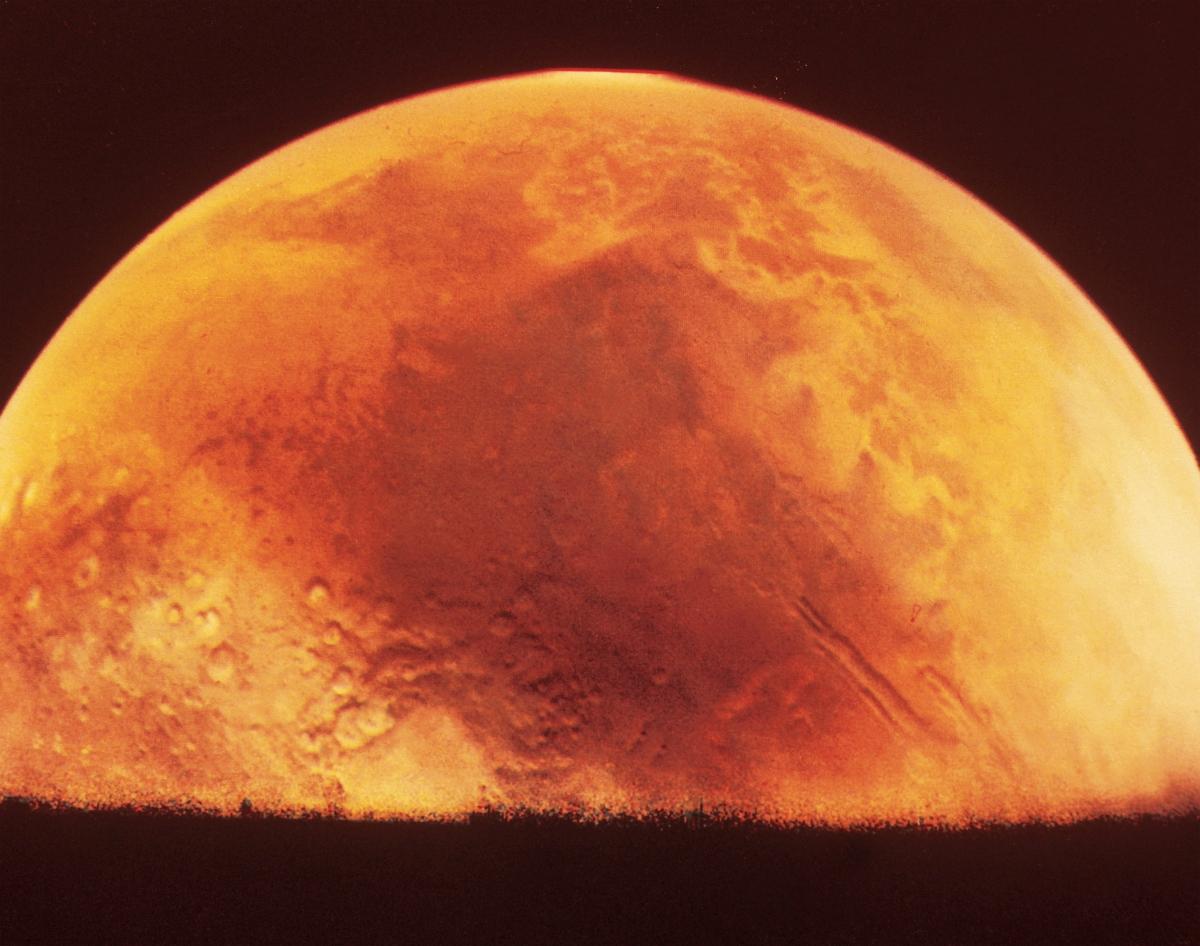
The Sun up close is giant and fiery.
What does a star look like up close?
According to Sky At Night magazine, our sun is the best example of a star's appearance up close. The sun looks like a large, bright yellow disk in plenty of images captured from the moon or within the Earth's orbit. Many other stars would have much in common with the sun when viewed from a much closer distance.
NASA explains that the color of a star is determined by its temperature, and since stars have varying temperatures, their colors also vary. The hotter a star is, the more it will appear blue or white. A star that is orange or red generally has a cooler temperature.
As Sky At Night reports, small details on the sun's surface aren't visible to the unaided eye due to its intense brightness, but dimmer stars may enable people to see some features without being up close.
Check out these photos and videos of stars up close.
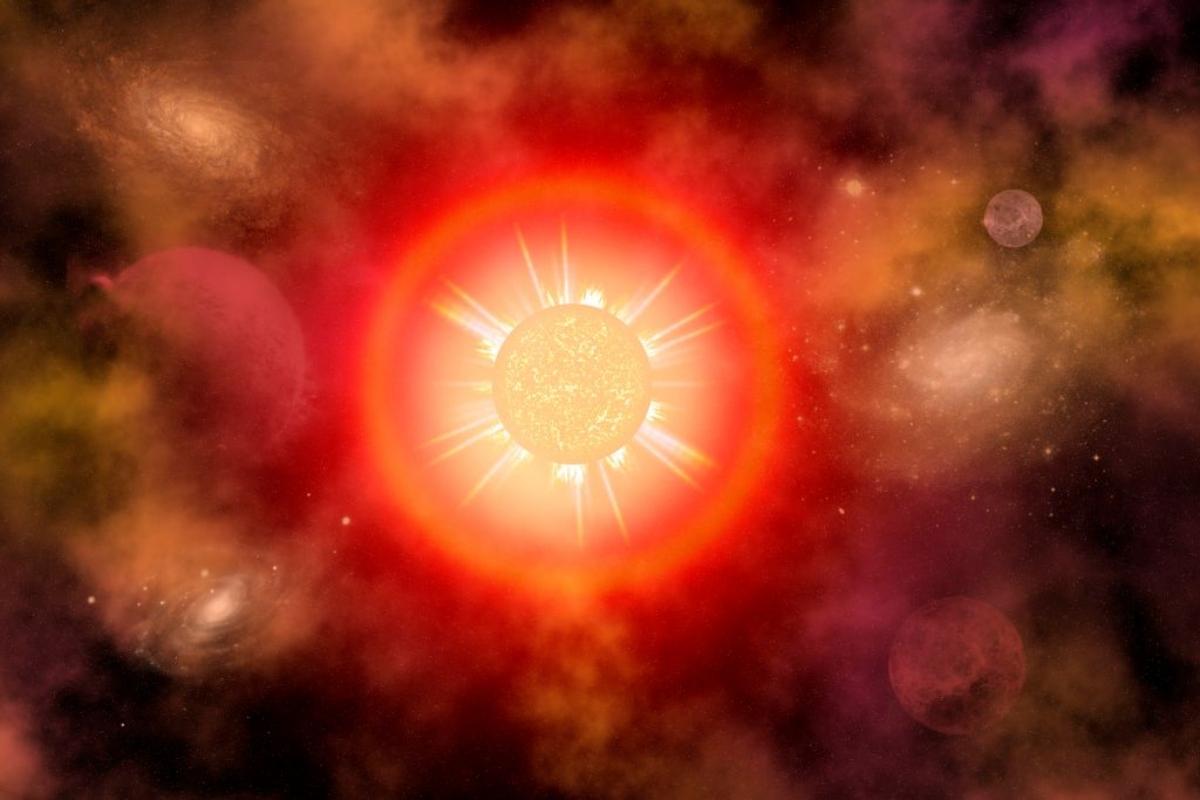
Conceptual image of a red dwarf star
Some of our images are artists' renderings of how a star might look up close since it's expensive and difficult to obtain real images from outer space. This one is a concept of a red dwarf star, which is the most common and longest-living type of star, according to Space.com.
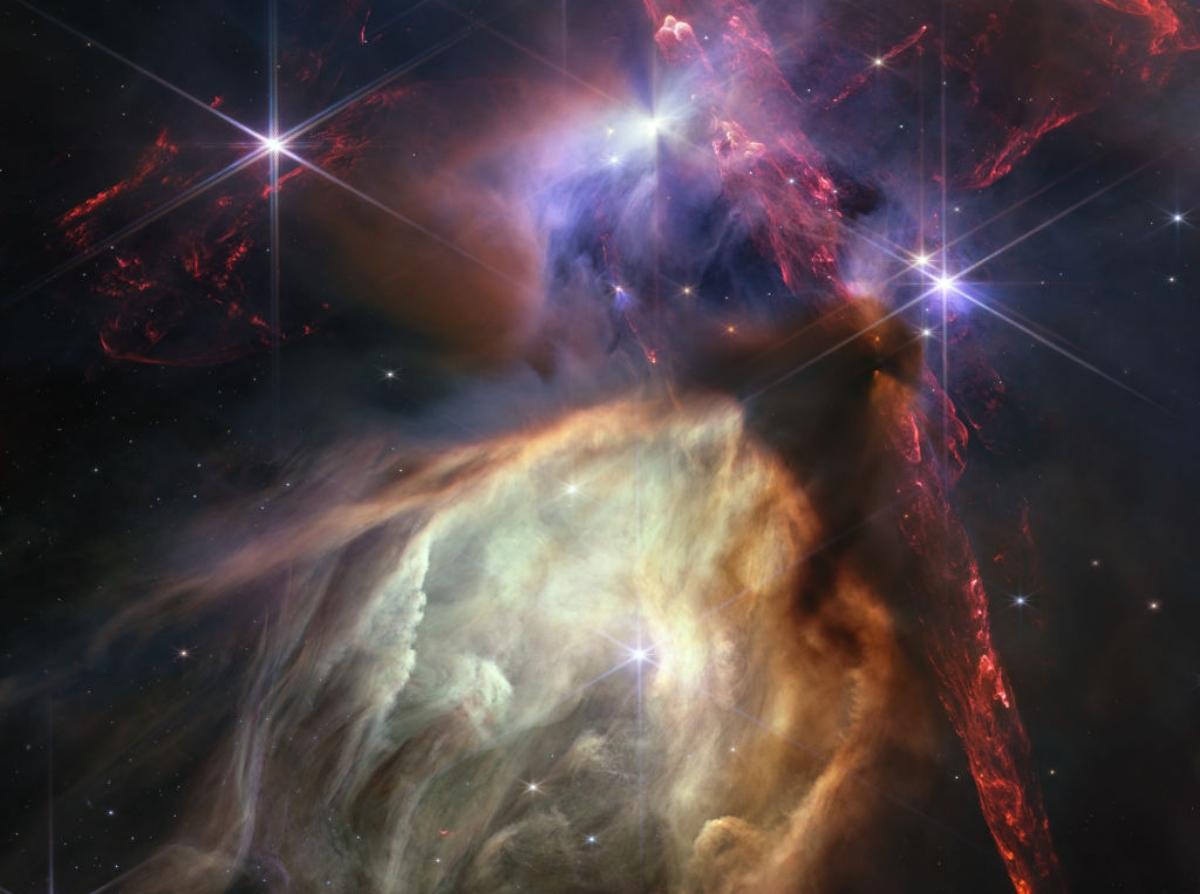
The Rho Ophiuchi cloud complex, the closest star-forming region to Earth.
This is an image captured by the James Webb Space Telescope, showing the Rho Ophiuchi cloud complex, per WebbTelescope.org. Although this doesn't show an individual star up close, several stars are present. "The heftiest in this image is the star S1, which appears amid a glowing cave it is carving out with its stellar winds in the lower half of the image."
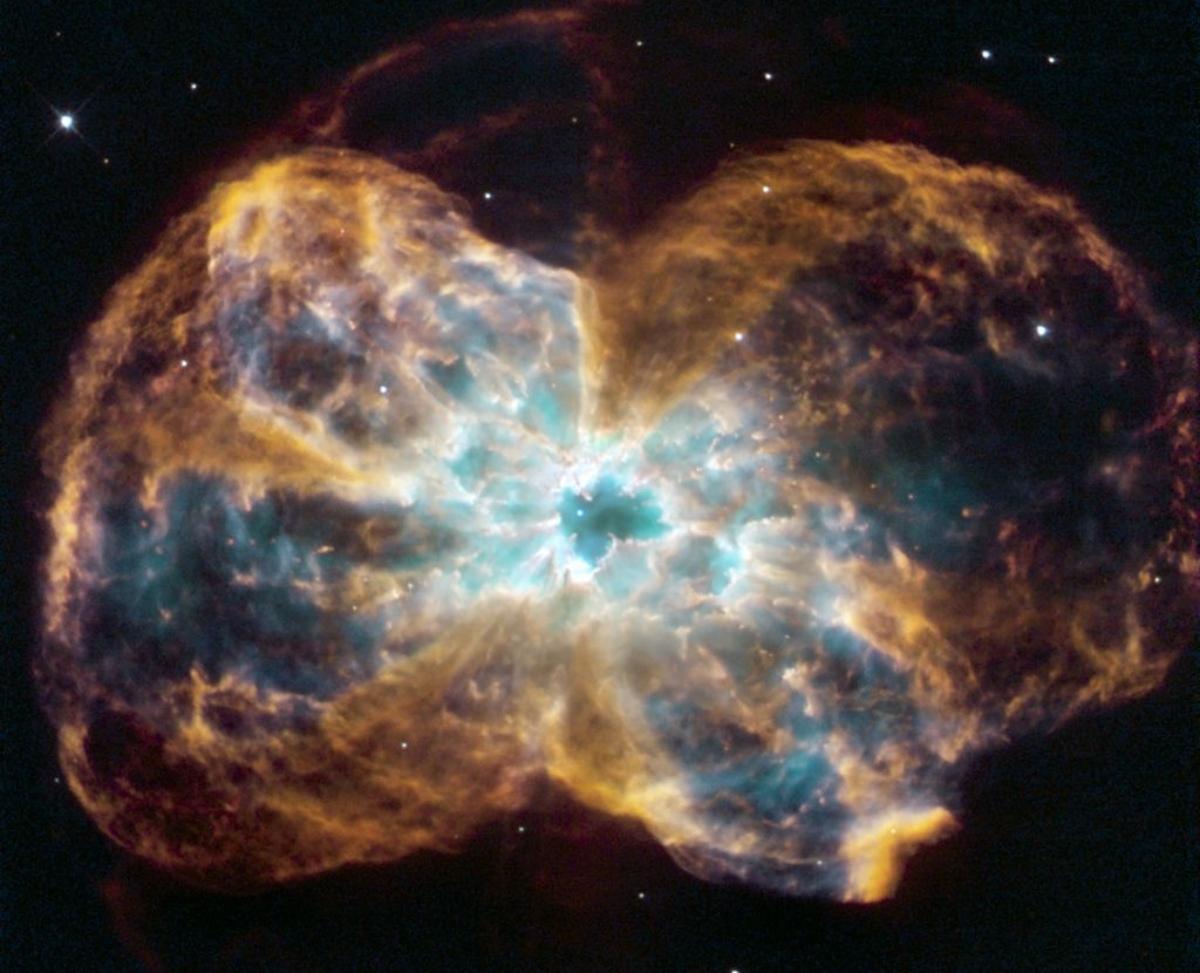
A star is ending its life in this image.
The Hubble Space Telescope captured this image, showing a star "ending its life by casting off its outer layers of gas." According to NASA, the white dot in the middle is a burned out star called a white dwarf, and ultraviolet light from the dying star causes it to glow.
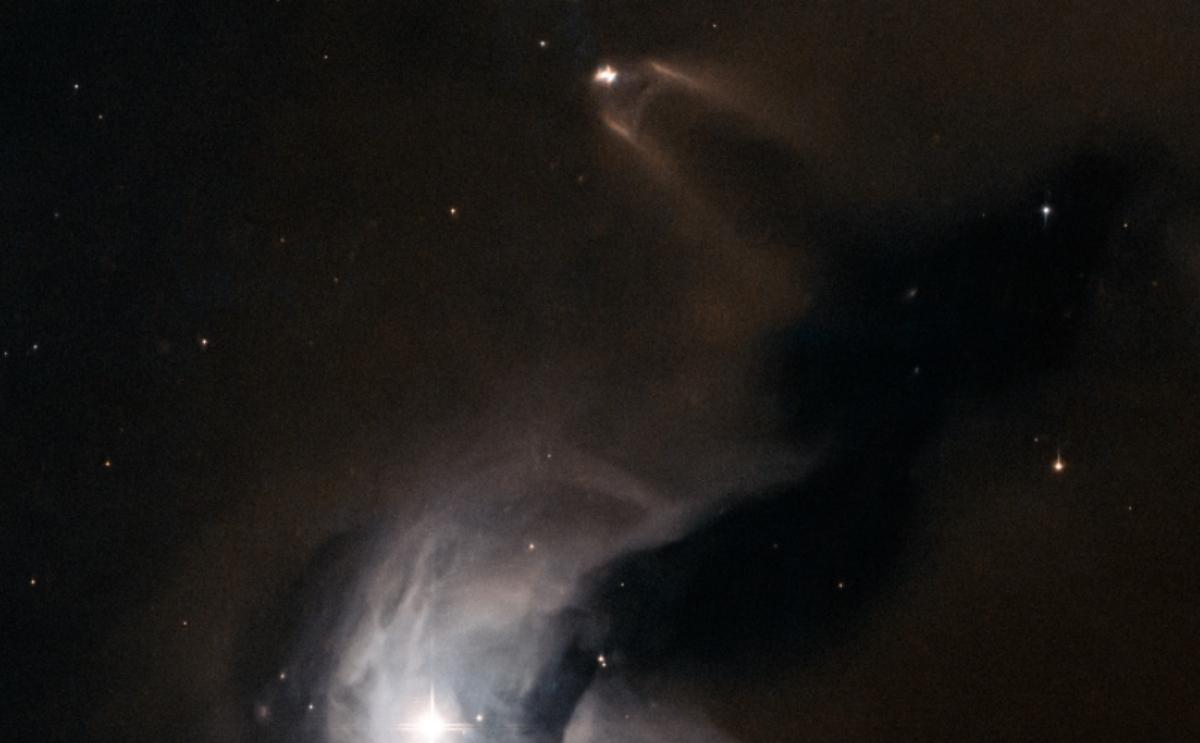
A young stellar object, or YSO, surrounded by bright stars.
This image from the Hubble Space Telescope shows a small young stellar object, or YSO, near the upper middle and surrounded by many other bright stars. This shows a star found in the Perseus constellation early in its life. Near the bottom is a bright cloud "of interstellar gas reflecting light from the stars embedded within it," or a reflection nebula.